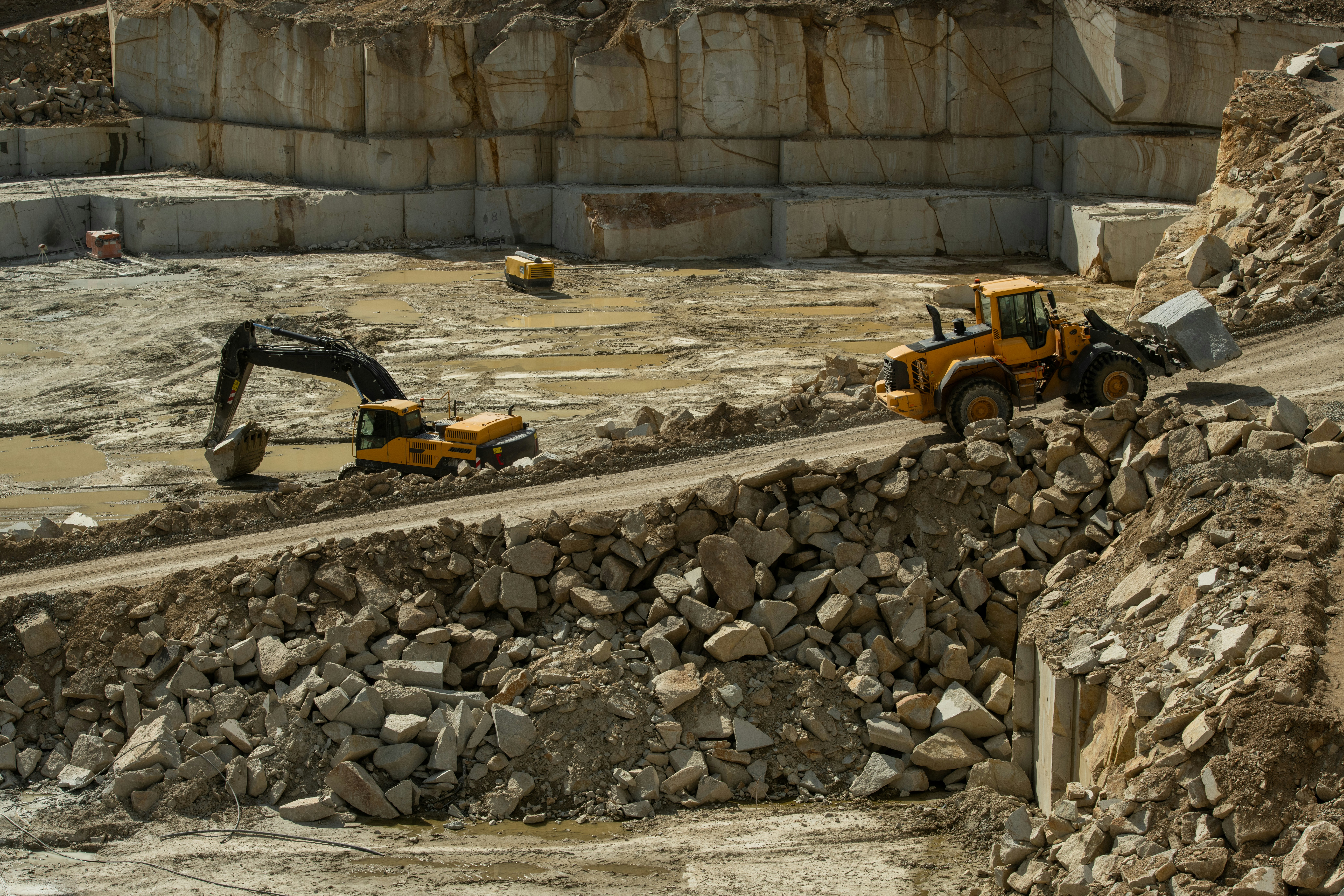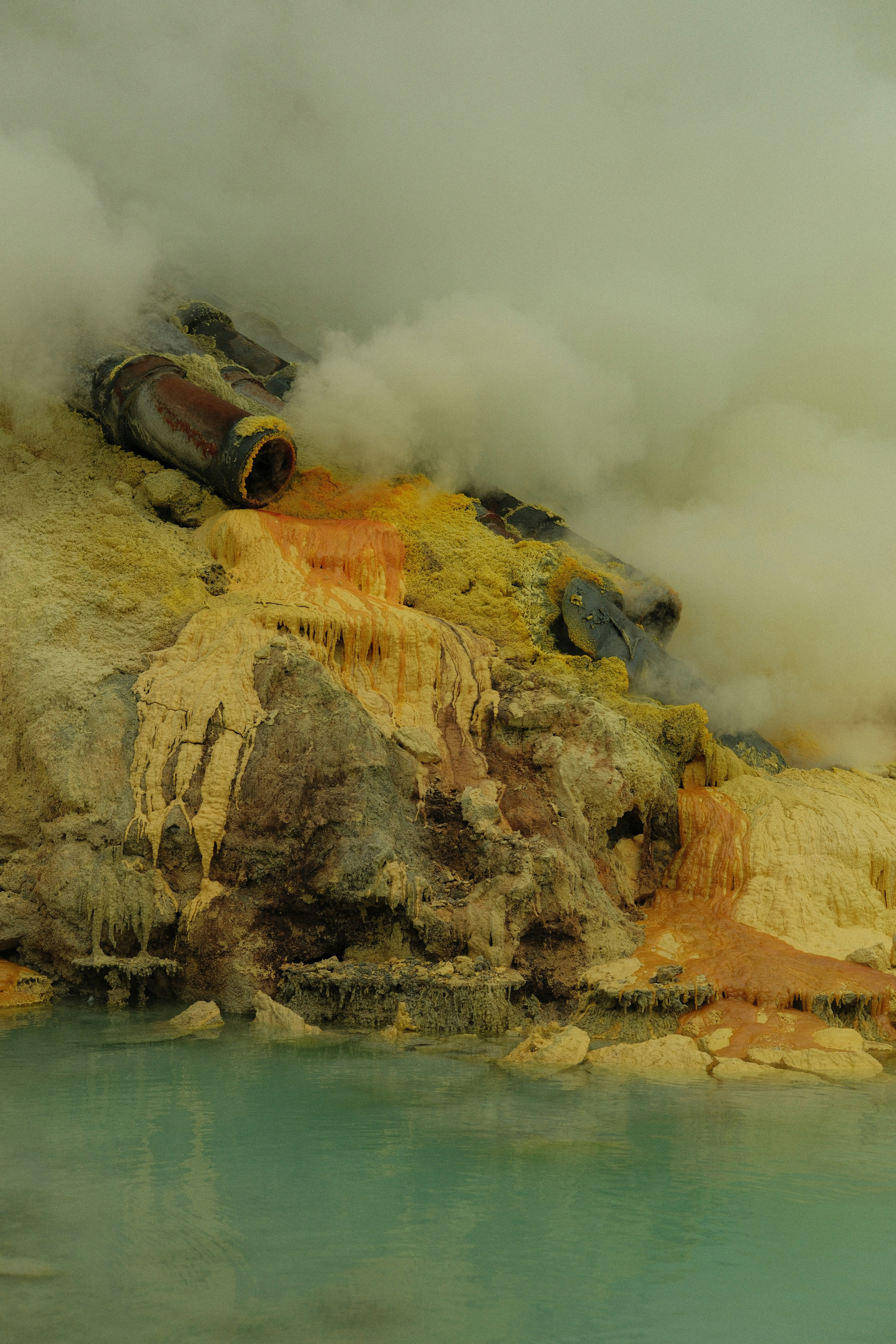Author: Tomas Wang
Date: June 25, 2025

Area of Impact:
Nova Scotia
Article Information and Location:
Cleanup of historical mines in Nova Scotia to begin next year
Taryn Grant, CBC News, August 19th, 2024
INTRODUCTION
From climate change to the extinction of animals, human activities have caused harm to Mother Nature. As governments, organizations, and individuals get together and take this issue seriously, the situation is improving; with endangered animals preserved, logging and similar activities regulated, pollution limited, and the use of greenhouse gasses discouraged, there is a bright future ahead of us. Unfortunately, the damages done by our predecessors have left marks that are difficult to erase. It will take countless years and endless efforts to undo all of those marks, but we have to start somewhere. Currently in Canada, one of the greatest marks to be tackled is the abandoned mines of Nova Scotia.
The article Cleanup of historical mines in Nova Scotia to begin next year outlines the problems caused by the abandoned mines of Nova Scotia and the cleanup plans. Mining in Nova Scotia started before Canada was founded, with Indigenous peoples digging up valuable minerals. However, after the Europeans arrived, mining gradually became less eco-friendly, as companies exploited the mines to their fullest. Notably, the mines of gold, coal, gypsum, and limestone left toxic tailings, which was the reason why they were closed as environmental regulations were put into place. However, the accumulated tailings were simply too much for Mother Nature to get rid of. For decades, these toxic tailings have been continuously damaging the environment. Finally, actions are being taken.

INFORMATION AND SIGNIFICANCE
A total of 60 abandoned mines have been selected within Nova Scotia for cleanup. The mines were classified by professionals as high-risk, medium-risk, and low-risk. Based on the risk, cost, and other important factors, three mines were chosen as the first sites to be cleaned: the Montague gold mine in Dartmouth, the Goldenville gold mine on the Eastern Shore, and a mine next to Lake Enon in Cape Breton. These three sites consist of 2 high-risk mines and 1 medium-risk mine. The cleanup of the first 3 mines is projected to begin next year. The entire cleanup is estimated to take 15 years. Quite a lot of money has to be spent during the cleanup. A high-risk mine takes an average of 5 million dollars, a medium-risk mine takes an average of 500,000 dollars, and a low-risk mine takes an average of 250,000 dollars. The entire cleanup is estimated to use up at least 148 million dollars. However, officials claim that it is worth the price due to the sheer danger that the toxic tailings pose to humans and the natural world.
The damages done to nature by humans were described as “marks difficult to erase” in the introduction. Toxic tailings are perhaps the clearest representation of this description; around the Montague gold mine of Dartmouth, even after a century, the vegetation is still absent due to the high arsenic levels caused by the toxic tailings. Burke of Build Nova Scotia even described the toxic tailings as “blights”. Furthermore, experts also disclosed that the toxic tailings have been deposited in the low-lying sites near freshwater. As time elapses, these toxins are moving and contaminating other water sources. Wind also plays a part by blowing the toxins to nearby regions via winddust.

The abandoned mines have had major impacts on Nova Scotia over the years and they will impact the province even further if left untreated. Picture a future where large areas that used to be prospering ecosystems become barrens and deserts. Picture lakes of water, tranquil and clear, being contaminated by mercury and arsenic. Perhaps this situation won’t become a reality for centuries to come, but it does show what the toxins from the abandoned mines are capable of. If no actions are taken, the situation will get indefinitely worse. On the contrary, because actions are being taken early on, it will limit the damage caused by the toxins and perhaps it will only take decades for Mother Nature to heal the damage. The significance of the cleanup is undoubted.
CONCLUSION
The cleanup is planned to begin in the following year. It may be beneficial to keep an eye on the progress when looking through the news. Humans have done great damage to the environment; it is great to see us taking action to repair those damages. Furthermore, much money and hard work has been put into the cleanup of Nova Scotia’s abandoned mines and it seems that we have a bright future ahead of us. Considering this, the future may allow you or your children to walk into the sites of the abandoned mines and be amazed to see beautiful and prosperous ecosystems.
